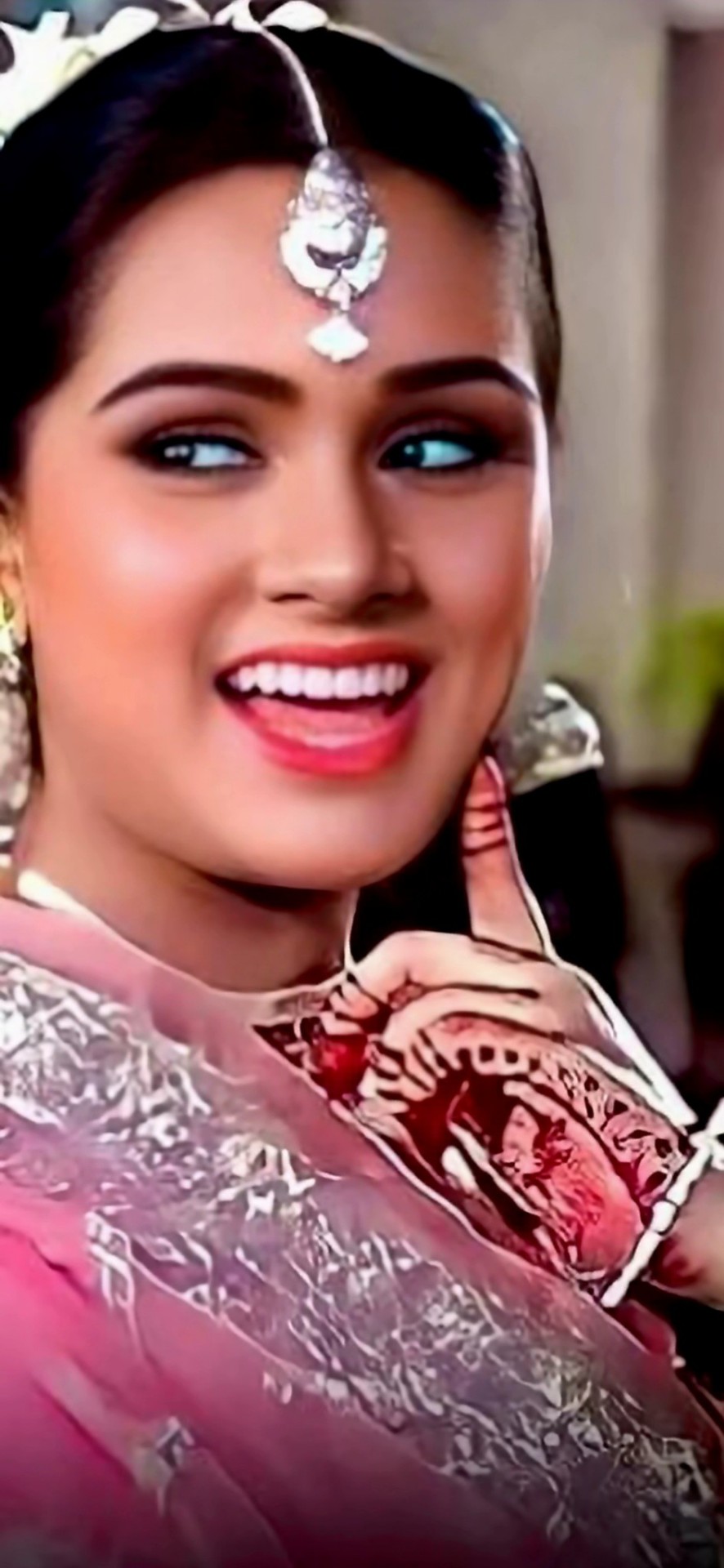#movie: padmini
Text
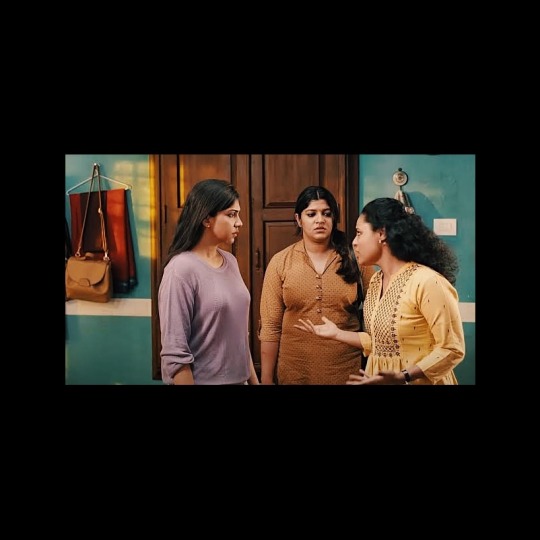

padmini | പദ്മിനി (2023)
#malayalam cinema#padmini#kunchacko boban#madonna sebastian#aparna balamurali#vincy aloshious#cinema: malayalam#movie: padmini#so i watched this today#and thought it was cute#kinda quirky#very simple film#twas nice#weird the kefuffle that kb created around the promotion of this film#*drammmmaa*#this is more to remind me that i watched it today#and because i don’t have ps anymore i’m just making garbage on my phone now for the sake of it
4 notes
·
View notes
Photo


Deepika Padukone, Padmaavat, 2018.
#padmaavat#2#padmavati#Deepika Padukone#deepika#bollywood#hindi cinema#indian cinema#india#desi#movie#screencaps#poc#woc#10s#rani padmavati#Rani Padmini
346 notes
·
View notes
Text


Prem Rog (1982) dir. Raj Kapoor
#thought too much abt this movie this year 😞#the bgm for this scene is so good i really do think this movie is some of l-p's best work#prem rog#hindi cinema#indian cinema#padmini kolhapure#rishi kapoor#myedits#bollywood#bollywoodedit#filmedit
34 notes
·
View notes
Text
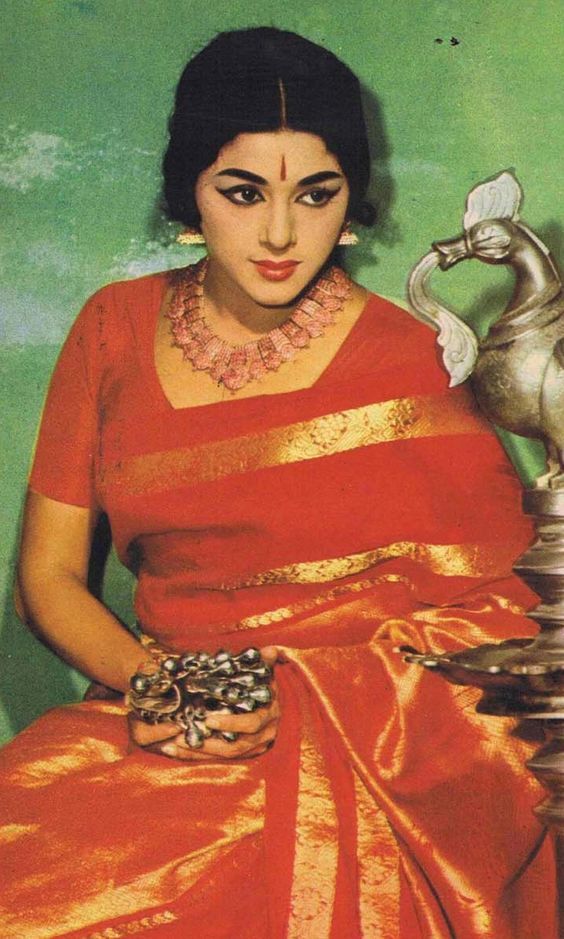
Padmini
#padmini#indian cinema#hindi cinema#bollywood#cinema#movies#films#world cinema#classic cinema#old bollywood#south asian cinema#asian cinema#tamil cinema#telugu cinema#malayalam cinema#indian movies#bollywood movies#hindi movies#telugu movies#malayalam movies#tamil movies#indian actress
8 notes
·
View notes
Note
Have you heard of Rani Padmini, the fictional queen from the 16th century epic?
Yes :)
(In all its cracktastic, parrot-and-shipwreck-and-rando-sweeping-in-to-kill-Ratan-Sen glory :D)
6 notes
·
View notes
Text
Padmini, starring Kunchacko Boban, to stream on Netflix from August 11
Padmini, a comedy drama film directed by Senna Hegde and starring Kunchacko Boban, Aparna Balamurali, Madonna Sebastian and Vincy Aloshious in the lead roles, is all set to stream on Netflix from August 11. The film was released in theatres on July 14, 2023 and received positive reviews from critics and audiences alike.
The film tells the story of Rameshan, a poet and lecturer, who becomes the…

View On WordPress
#kunchacko boban padmini#Malayalam cinema#malayalam comedy films on netflix Learn#malayalam movie news#netflix malayalam movie#padmini kunchako boban#padmini malayalam movie review#padmini netflix release date#senna hegde movies#upcoming malayalam movies
0 notes
Text

0 notes
Text
@meenammaisslay and @voidsteffy I wanna change to a new theme now and I told you we'll three do matching theme. So here's my suggestion. I love old movies like heck and this is my fav trio from that time.
The travancore sisters. I love them to pieces.
Of you are okay with them pick which one you want as your pfp.
My personal fav is Actress Padmini the left one.
All three are actresses. The middle one is Actress Lalitha(the oldest sibling), the right one is Actress Ragini(the youngest sibling) you guys pick who you want if you are fine with this theme.
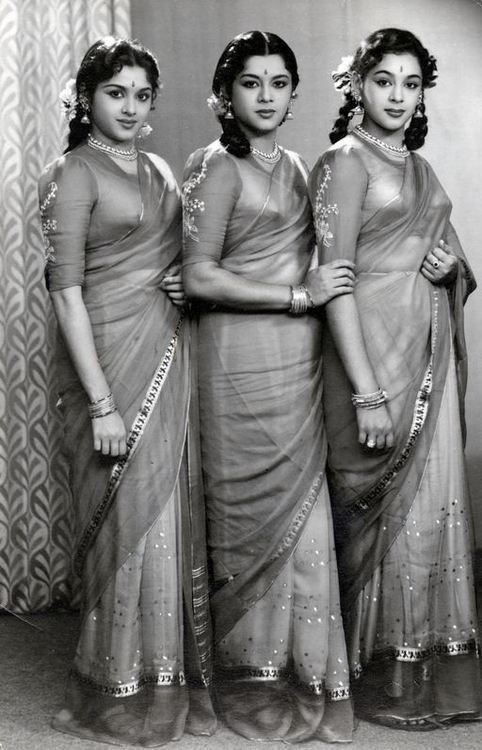
27 notes
·
View notes
Text
South Indian cinema: Part 1
I think we (I) don't talk enough about my obsession with the South Indian film industry. I'm less of a star or fame powered fangirl and most of my obsessions start from very niche observations and qualities. Both me and my mom are good cinema enthusiasts, that being said, we love not just watching movies but also analyze them and talk about them in great lengths and detail; and it isn't always just about the actors but also the scenes, the cinematography, the dialogues and so on. We enjoy a good story based cinema that's more about carrying the characters in place and action than about how much hype a movie gets. I enjoy old movies, including monochrome movies of the yesteryears and the faded coloured classics of the 70's and 80's.
Let me go from one obsession to other. First, comes my unexplainable obsession with actors who are also trained dancers. That's a sexy characteristic because it adds an edge to the actor's identity over being just a movie star and IMHO, it also refines the depth of character and acting skills (many talented actors who aren't dancers do exist, this is just my view). I have this captivation with dancers because something in them, be it the unseeable depth of efforts and practice and hurdles they cross before they set foot on the stage or be it the inordinate amount of beauty they express and portray in both costumes and jewelry or be it the grace with which they carry themselves or be it the way the fluidity, fragility and fierceness of dance entwines with their soul and body making it indistinguishable, obvious and redefines their identity and adds meaning to their character for the better. Irrespective of gender, classical dance forms in my opinion, have a profound effect on the individual and somehow makes them all the more charming to me because it's art that flows in their body and art has that unique fragrance to which you can never turn a blind eye to. It also anchors you down to your inner zen because gender conforms and norms are all broken (atleast in Indian classical dances) as both male and female dancers play either roles in dances and it's all the more about expression and emotion than the role per se. And that I think is a very liberating thing and I love Indian classical dances for it.
So here goes the list: Kamal Haasan is a trained Bharatanatyam and Kathak dancer; the best of which is seen in his performance in the movie Sagara Sangamam which is a majorly dance based movie. My most favorite scene is when he humbles Sailaja when she opposes his critique. Padmini, one of the famous Travancore sisters, was a trained Bharatanatyam dancer and in her retired days also opened a dance school and taught abroad. Shobana, one of my favorite actresses, who is also the niece of the Travancore sisters is a trained Bharatanatyam dancer; she also received a national award for her performance in the Malayalam movie Manichitrathazhu which was the original for the famous Chandramukhi, Bhool Bhulaiya, Nagavalli, Aatmamitra etc. I rate her acting top notch because her expressions and her eyes often speak way more than the dialogues. Revathi, is again a trained Bharatanatyam dancer and has delivered multiple box office hits and is also one of my favorite actresses. Bhanupriya, who's pretty famous in tamil and telugu cinema, is a trained Kuchipudi dancer and appeared in the film Sitaara which went on to win the National award for that year. Jayalalitha, apart from her successful political career was a leading film actress in the tamil industry. She was trained dancer of multiple forms like Bharatanatyam, Kuchipudi, Mohiniyattam, Kathak etc. Sukanya, who famously starred against Kamal Haasan in Indian, is a trained Bharatanatyam dancer. Prabhu Deva, who we all know as the Michael Jackson of India, is a trained Bharatanatyam and Udupi dancer. Amala Akkineni, is a trained Bharatanatyam dancer and also has a degree bachelor degree for the same from Kalakshetra. Vineeth, who works mostly in tamil, telugu and malayalam films is a trained Bharatanatyam dancer; lesser known but he's Shobana's cousin and Padmini's nephew from her husband's side. Asin, who is well known for her role in Ghajini, is also a trained Bharatanatyam dancer. Jayam Ravi, now well known as the Ponniyin Selvan after the famous novel adaptation, is also a trained Bharatanatyam dancer.
This is in my list (can't think more, brain fried) do feel free to add more. Tagging @sister-of-satan @voidsteffy and @bipdf because I think y'all will enjoy reading this
Do reblog and tag people who'd enjoy reading this
#being desi#desiblr#desi stuff#desi shit posting#desi tumblr#south indian movies#south indian cinema#south indian actress#indian aesthetic#indian tumblr#desi life#desi girl#desi people#desi tag#desi#bharatanatyam#kathak#dance#movies#cinema#indian cinema#indian movies#acting#actors#indian actor#desi actors#desi cinema#desi movies#indian things#south indian things
18 notes
·
View notes
Text
tagged by @thelovelygods (thank you angel! Just what I needed to today❤️)
nickname: The Historian by a teacher. My mom also has some but they belong to her ❤️
sign: aquarius
height: about 5′2
last thing i googled: Padmini
song stuck in my head: I am in love with the first 46 second of this
number of followers: 936!
amount of sleep: ca. 8-9 hours on average, 2-5 if I’m stressed out about something happening the next day
lucky number: lucky? I don’t know him
dream job: I have always liked the thought of working in a library or museum
wearing: winter pyjamas and a bathrobe
movies/books that summarize me: hmmm... as for books:
Metamorphoses - Ovid
The Tale of Genji - Murasaki Shikibu
The Pillow Book - Sei Shōnagon
The Master and Margarita - Mikhail Bulgakov
The Anatomical Venus: Wax, God, Death & the Ecstatic - Joanna Ebenstein
Swamp Foetus - Poppy Z Brite
Wuthering Heights - Emily Bronte
Dracula's Guest: A Connoisseur's Collection of Victorian Vampire Stories
Dark Water - Koji Suzuki
The Nightingale and the Rose - Oscar Wilde
Balyet - Patricia Wrightson
Also most importantly depressing scandinavian children’s book, but makes for a whole list in it’s own right...
movies:
Possession, 1981
Viy, 1967
Ivan the Terrible: Part 2, 1946
Kwaidan, 1964
Panna a Netvor, 1979
The Story of Adele H, 1975
Nosferatu (1922 and 1979 version)
The Prince of Egypt, 1998
All In The Dim Cold Night, 1974
La Reine Margot, 1994
Ringu, 1998
favorite song: so many to pick from... so I’m gonna narrow it down to my top 5 from this year (in no particular order): Pyar Kiya To Darna Kya, Kom Nirk Oun Eiy, If I Were DESIRE, The Billowing Yangtze River Flows East (ROTk 1994 has too many great songs oof)
(And of course, almost everything by Kate Bush)
favorite instrument: probably the flute or the violin, it hits something deep and ancient in my soul
aesthetic: completely comfy and casual at home, according to my mom and sisters, a “cool” but “elegant” look when outside. Almost always in black
favorite author: Astrid Lindgren
favorite animal noise: the noises a dog makes when they’re happy to see you, almost everything that comes out of a cat
random: I am quite entranced with Kuchipudi and Bharatanatyam dance, so expect more of that on this tumblr in the very near future!
tagging @pierangelis, @karolinaceska, @dorianwrites, @streamlet, @stoertebeker, @death-of-venus, @iseute @moramaisis (and anyone else who is interested!)
#sorry if I forgot to tag anyone I'm a bit sleep deprived ha...#asks#about me#me#literature#film#music
9 notes
·
View notes
Text

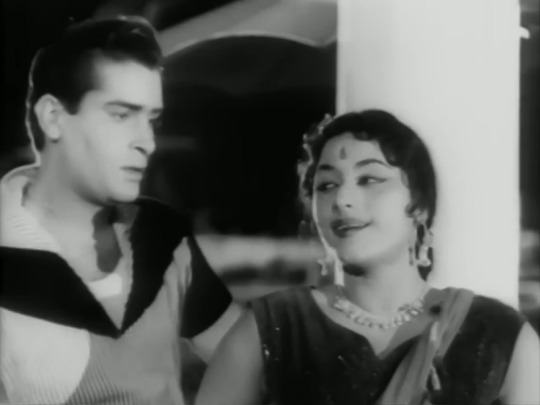
Singapore (1960) | dir. Sahkti Samanta
[ Shammi Kapoor and Padmini ]
#singapore#singapore 1960#shakti samanta#shammi kapoor#padmini#indian cinema#hindi cinema#bollywood#cinema#movies#films#old bollywood#world cinema#classic cinema#1960s#cinematography#south asian cinema#asian cinema#indian movies#bollywood movies#hindi movies#indian films#bollywood films#hindi films#classic bollywood#film scenes#movie scenes
3 notes
·
View notes
Text
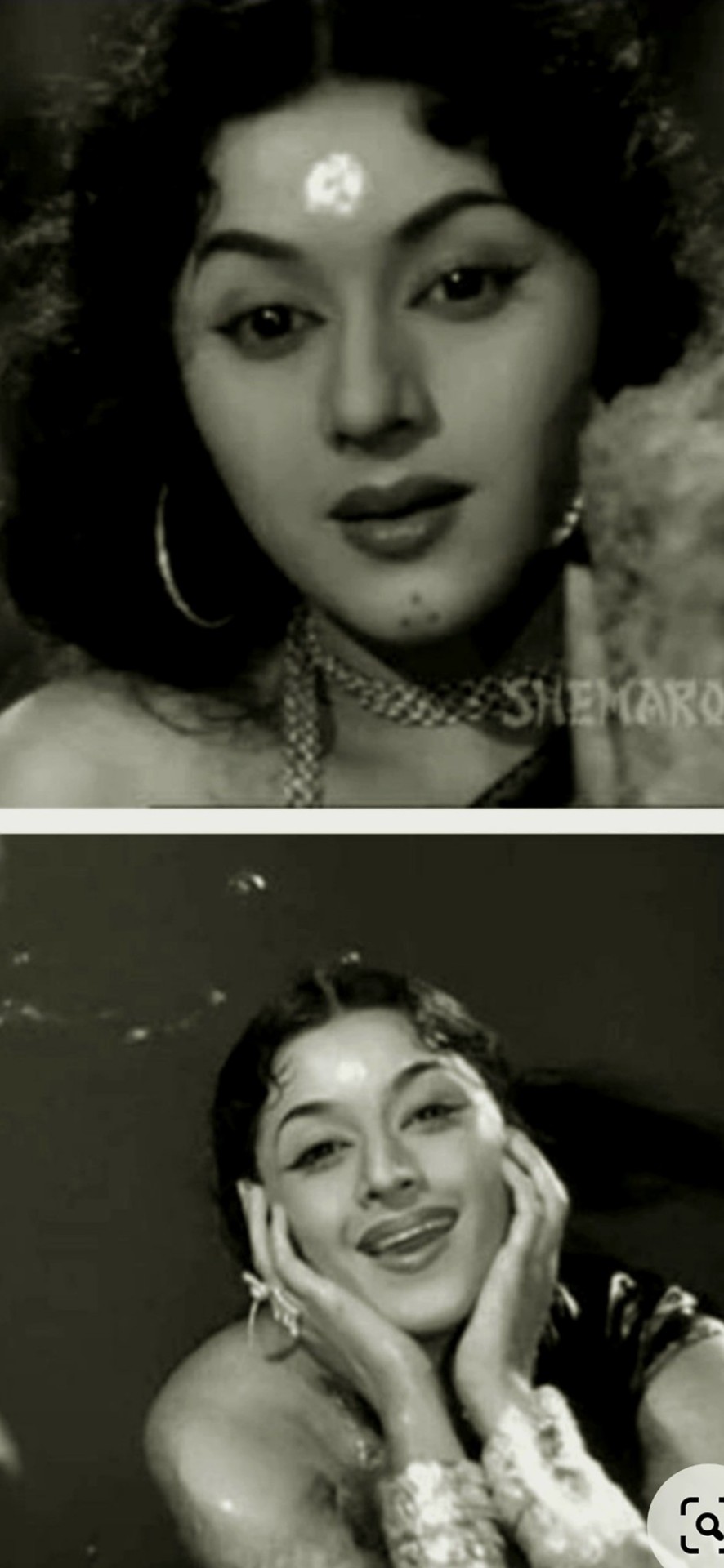
ACTRESS PADMINI IN MOVIE JIS DESH ME GANGA BEHTI HAIN
3 notes
·
View notes
Text

Abolition of Sati: History & Facts
Have you watched the movies Padmaavat, Prithviraj Chauhan and Mangal Pandey? These movies displayed the practice of Sati and Jauhar in which women were burnt alive if their husbands were dead. In 1724, at the funeral of Ajit Singh of Marwar Jodhpur, sixty-six women were burned alive; similarly, eighty-four women sacrificed their lives at the funeral of Budh Singh (a king of Bundi). From this, we can say that it became a common practice in ancient India. However, even after the abolishment, the practice continued in most rural regions of India and gained all the controversial aspects of all time. So, let’s discuss Sati in detail, starting from who Sati is to where this practice stands in Modern India.
Who is Sati?
The word ‘Sati’ originated from Goddess Sati, as she was the first woman to initiate this practice. On the one hand, Sati was regarded as a glorious, dignified sacrifice and a way to clear the spouse’s sins; on the other hand, some people considered it their private matter to accompany their loved one to death.
What is Sati's custom?
Hinduism is the oldest religion, following various practices, among which Sati custom was constant for a very long time. Sati, aka “suttee”, is the practice of burning a woman alive after her husband’s death because it is considered her duty according to the religious texts of Hindus.
Reasons behind Sati Practice
There are two reasons why the Sati tradition started are discussed below:
1. Upper-class funerals- The idea of cremating a husband with his wife came from the belief that a man should be cremated with his precious possessions, and women were then regarded as one of them. It was written in Hindu texts that a woman who burns herself alive with her deceased husband would be promised an afterlife in heaven.
2. Safety of widows- Sati practice was regarded as protection from enemy invasions. At that time, when the Mughals, after their victory, used to enter Rajput kingdoms and take away their wives. To prevent themselves from falling into the hands of the Mughals, the wives of the deceased soldiers immolated themselves. Queen Padmini For example, Queen Padmini and her women followers killed themselves to escape being captured by Delhi’s Muslim monarch, Alauddin Khilji. Many think Sati was created solely to protect women from being captured by Muslims who entered India due to this incident.
Who stopped the Sati system in India, and when?
In the ancient period, the first ones who tried to ban this tradition were Muslim rulers of India named Mughals and Nizams. Since many people criticised them, the practice continued. In the 19th century, during British rule, the Governor of India, William Bentick, gave the order to abolish this practice.
Banning of Sati Practice
Many people allege that this practice has been performed since 510 AD, and there are signs in religious scriptures that imply that it was present even before 510 AD and was performed by specific tribes. Greek visitors who visited North India claim that Sati was practised in the 4th century B.C. this practice was not so common in the 18th century; however, it became a widespread practice in the 13th century. This practice became so popular that even tourists knew that India had such dreadful beliefs.
Initially, women practised Sati voluntarily, but with time, it evolved into a coercive act. They say that everything changes with time and people’s opinions on Sati have also changed. The situation deteriorated, but later, in modern India, specific laws were enacted to outlaw the practice, and now it is illegal and widely disregarded by the people.
Sati in medieval India
In the 7th century, it was predicted by a Sanskrit poet that it was a constant practice in Upper Hindu classes. Sati in the 14th century was at its peak in the Vijay Nagar empire. The warriors of the Goudas and Gayakas classes of Hindus performed this act of Sati.
Some incidents included the King of Madura, who died because of illness, and his wife committed Sati. Another incident of Sati happened when King Pandyan died, and his 47 wives sacrificed their lives at his funeral. There are many other similar incidents in that era.
Sati in the Medieval era
- Nizam tried to prohibit sati in Hyderabad in 1847 by issuing an order that whoever committed Sati would be held guilty and punished accordingly. However, this attempt failed as there were still many cases of Sati Pratha in that area.
- In North India, Sati was practised by upper-class Hindus such as Brahmins, whereas in South India, it was performed by royal families, peasants from the lower caste and nobles.
- For the sake of humanitarianism, Christian missionaries opposed the Sati practice long before the British did. The Bombay government outlawed Sati and issued warnings against its approach to the rulers of Gujarat, including Devgadh Baria (1840), Baroda (1840), Lunawada (1840), Rajpipla (1840), Mahikantha (1843), and Palanpur (1848). However, many of them broke the law and were consequently penalised.
Which Mughal emperor tried to ban the Sati system?
During the Mughal period, Sati was a standard practice followed by both Hindus and Muslims. Sati paratha was observed in almost all the areas of Mughal India, which mainly focused on the Ganges Valley, Madura and Vijaynagar in South India and Punjab and Rajputana in the North.
- The Indian tradition of Sati, in which a woman immolates herself even against her consent, is mentioned by Akbarnama.
- The first Muslim king to protest and speak out against Sati was Mohammed bin Tughlak. He made it necessary to obtain a licence before burning the widow, discouraging Sati and ending the practice of forcibly immolating widows.
- Following him, Humayun and Akbar both attempted to end Sati’s coercive performance. Still, Akbar insisted that if a Hindu woman wanted to perform Sati, they would not stop her against her will. Sometimes, he intervened to put a stop to this.
- Jahangir then made infanticide and Sati illegal. However, some contend that the prohibition was merely in writing and was not fully adhered to. Shah Jahan, after him, prohibited pregnant women from performing Sati and allowed widows’ children to attend school.
Aurangzeb, in contrast to him, outlawed Sati in his reign. However, it was only a temporary solution; there have been instances where Sati has been practised despite being illegal.
Continue reading…
0 notes
Video
youtube
"WOH SAAT DIN" - HINDI MOVIE REVIEW | ANIL KAPOOR & PADMINI KOLHAPURE MO...
0 notes
